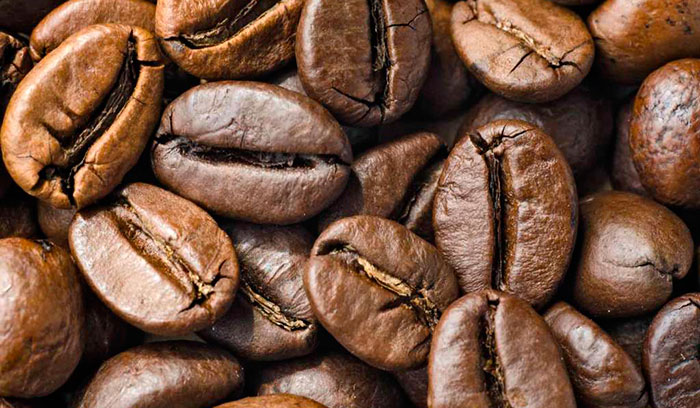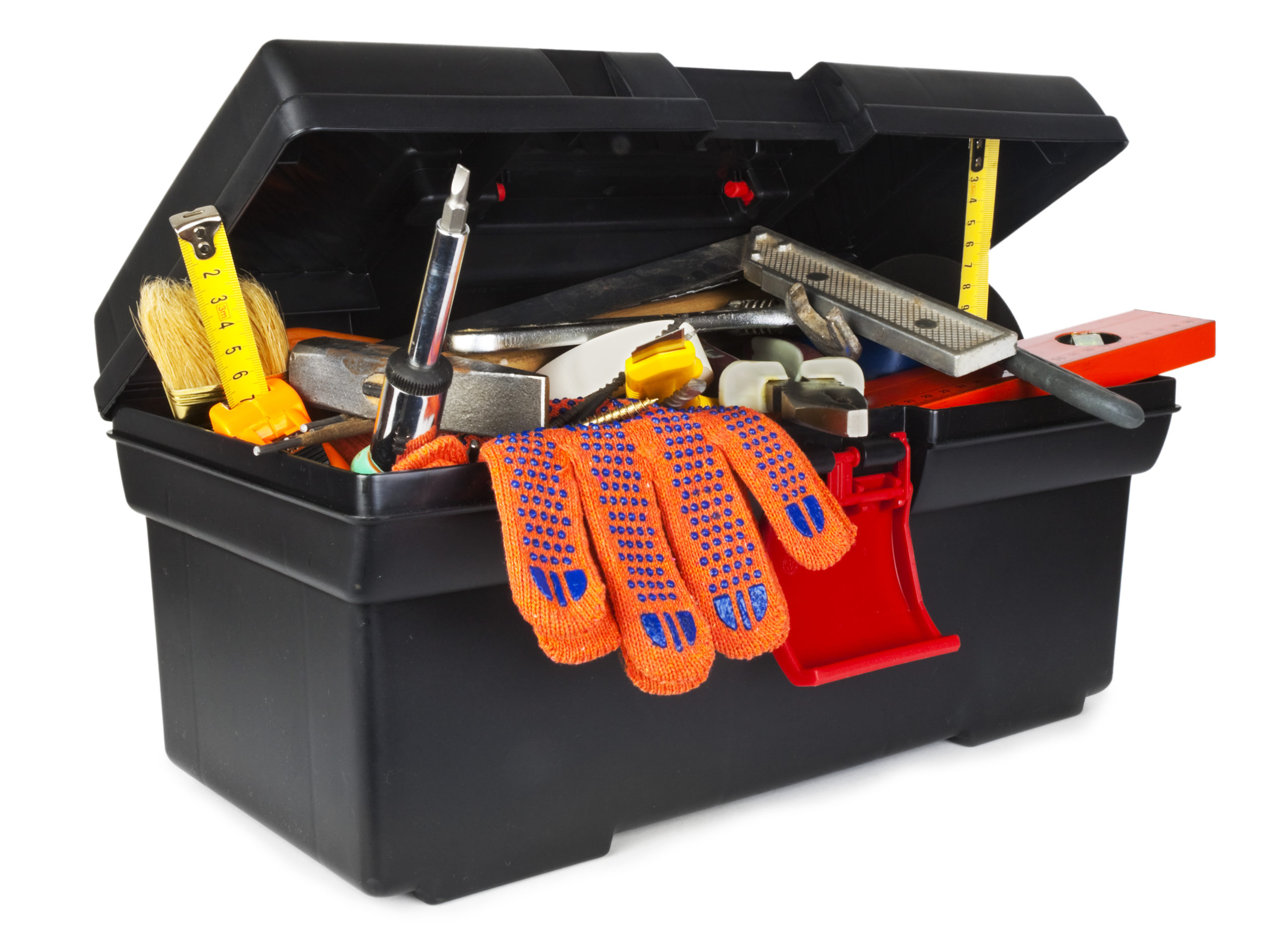The best producers of cereals for the first feeding in 2025
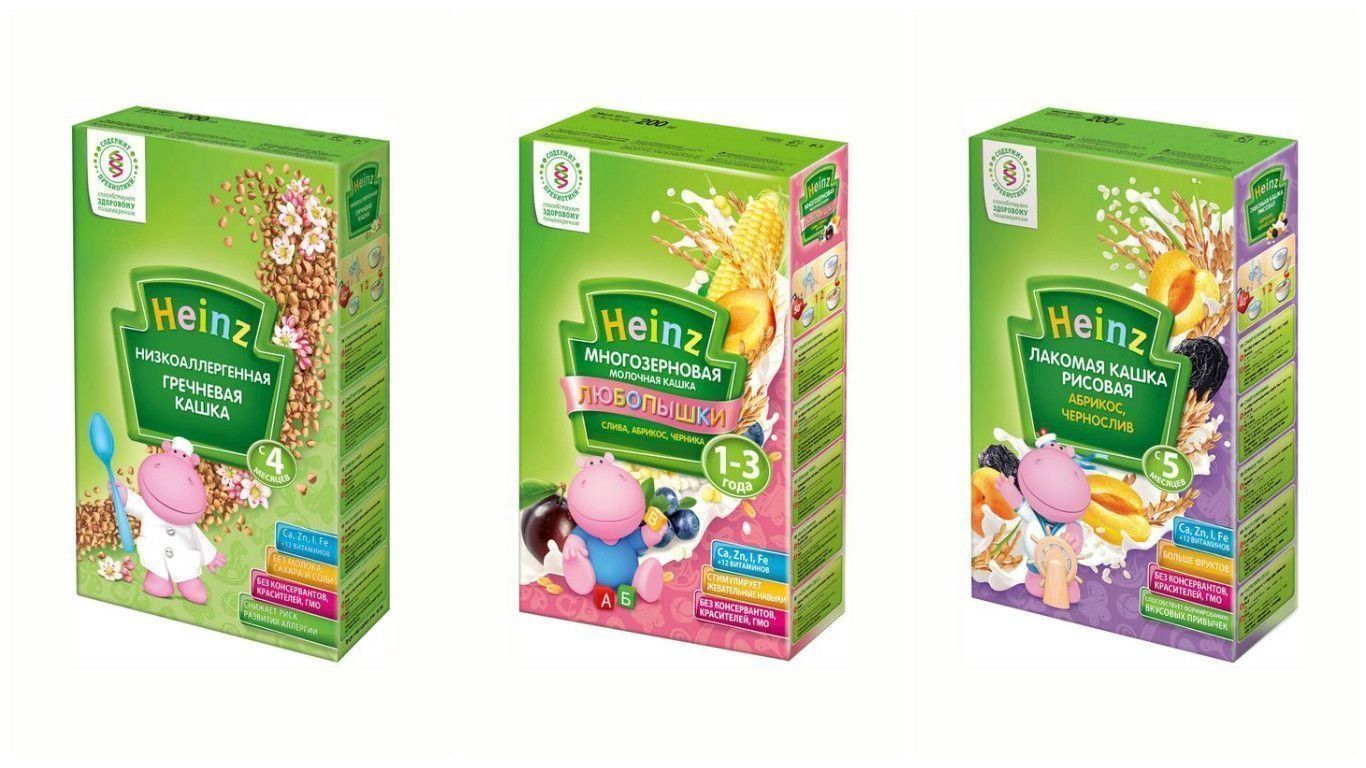
For a child in the initial period after birth, the main food is breast milk. But, for those who are not able to give him this way, an analogy has been invented in the form of milk mixtures. A whole new level - the introduction of complementary foods. The recommended age from which complementary foods should be introduced is 6 months, however, for medical reasons, the period may be shifted.
So many experts hold various discussions about this, and there is no definite answer on which subtype is better to start with. Many people think that it is ideal to introduce vegetable purees from cabbage, beans, carrots and more, while the rest adhere to the principle of cereals in the first place. These can include a wide variety, ranging from barley to ordinary buckwheat. Of course, the decision here remains with each parent individually and with the doctors who examine the child in the clinic.
Speaking of cereals, one-component dairy-free porridge remains the best option, because there is a simple composition, which becomes more complicated as the crumbs get used to it. You can see a feeding guide on each package and choose the option you need. The absence of dairy components allows you to remove the allergic reaction, because milk is considered a strong allergen. Well, do not forget about the ease of use of quick-cooked cereals, which speeds up the feeding process for many mothers. That is why you should be aware of the best representatives of different cereal options for the first feeding. In this case, you should focus on several positions:
- Compound;
- Price;
- Demand in the market for similar products;
- Reviews of other mothers;
- Expert opinion.
Content [Hide]
The benefits of cereals for the first feeding
In many articles you can read that for the first complementary foods it is best to use cereals that can be cooked quickly. The advantages of this method are the following factors:
- All manufacturers enrich their products with vitamin and mineral complexes;
- It does not take much time to cook;
- The child's stomach quickly digests porridge;
- Homogeneous consistency that does not change when cooled;
- Do not contain impurities that can harm the health of the child;
- All components are natural;
- All cereals pass quality control;
- Reduced viscosity, which makes it easier to swallow the components.
Thanks to these advantages, many mothers resort to the use of special cereals. And now almost every one of them uses only products of industrial production.
The best producers of cereals
Today, in the market of our country, you can find several leaders, among which there are 5 main ones:
- Heinz. This company has been showing quality products for 25 years. She herself is from America, but there is a factory in Stavropol. Products are considered premium and purchased in our country.
- Nestle. Manufacturer from Switzerland. It also operates on the territory of our country for more than 25 years and the production factory is located in Vologda. The main characteristics are pleasant taste and good composition.
- Progress. Popular models of manufacturers continue this brand from Russia. Since 2000, he began his development with the brand of baby food FrutoNyanya. The production is located in Lipetsk and is equipped with the latest technology. Many buyers note a good consistency and taste characteristics, and an affordable price allows you to replace imported brands with your own.
- Fleur Alpine. This company is rightfully included in the category of the best manufacturers, because the food is not only produced from natural products, but also belongs to the highest quality class. There is a high price here, which reduces the level of purchases, but due to the good composition and completely organic agricultural components, the company finds its customers.
- Urbis. This is a company from Israel, but it can be found on the territory of our state for more than 20 years. Most of all, the brand makes efforts to produce dairy-free cereals.
And in the case when you don’t know which company is better to buy porridge, then it’s worth talking a little about the categories of dairy-free cereals for the first feeding. These include:
- Hypoallergenic;
- Gluten free;
- Ready to eat.
Each of these categories has its own representatives, but in this ranking will be given to a few of the leading products of each line.
It is important to remember that it is worth starting the introduction of porridge with buckwheat and rice.
The best hypoallergenic cereals
Of course, when seeing new products in stores, parents must be aware that the introduction of a new component into the diet can cause an adverse reaction in the form of an allergy. Therefore, it is best to start with a minimum and introduce a little, and then monitor the well-being of the child. Such habituation should occur for at least 7 days.
In the event that red spots appear on the skin or the child feels itchy, it is better to stop the injection process. And in order to reduce side effects, many mothers prefer to buy a hypoallergenic type of cereal. They are indispensable for those who have big problems with sensitivity.
babysitter
votes 0
This one-component product is known to everyone due to its good quality. The popularity of models here is also due to the fact that it is allowed for use from the age of four months. The brand from Israel specializes only in these types of cereals and you cannot find any harmful ingredients in the form of salt, fructose, preservatives and many others. The composition includes a mineral-vitamin complex, which allows you to provide a pleasant taste sensation. The number of servings per pack is approximately 21.
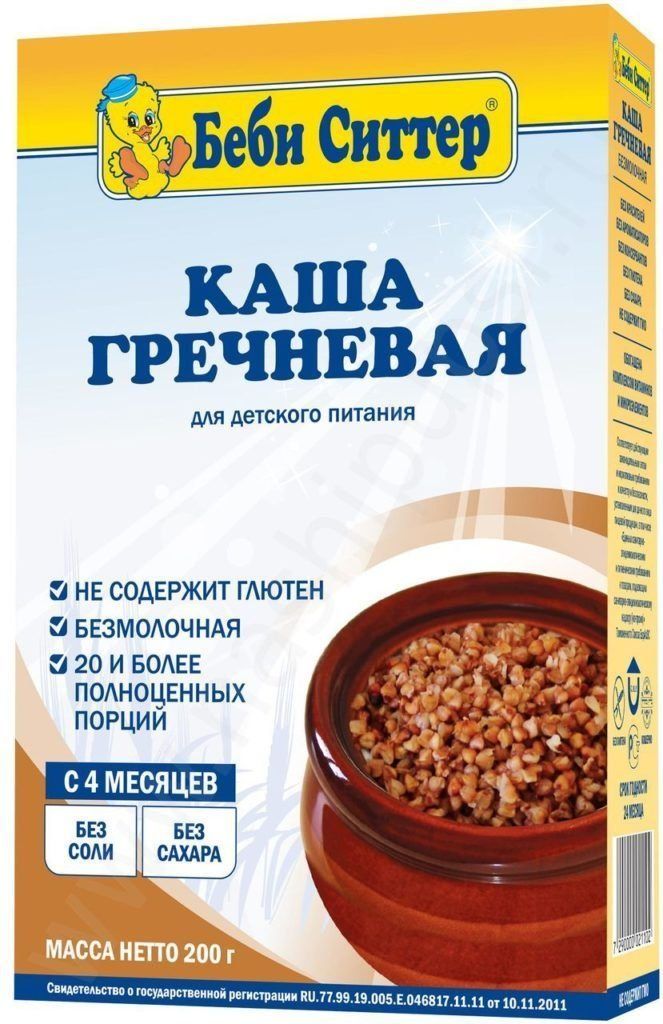
- Natural composition;
- Optimal number of servings;
- Pleasant taste.
- Overpriced.
Nestle
votes 1
Budget brands of cereals can start with this option. The company has earned the approval of not only mothers, but also many qualified professionals. The composition here is also completely natural, but the ingress of gluten due to the form of production is possible. This means that when the baby has intolerance to such a component, it is better not to use this porridge.
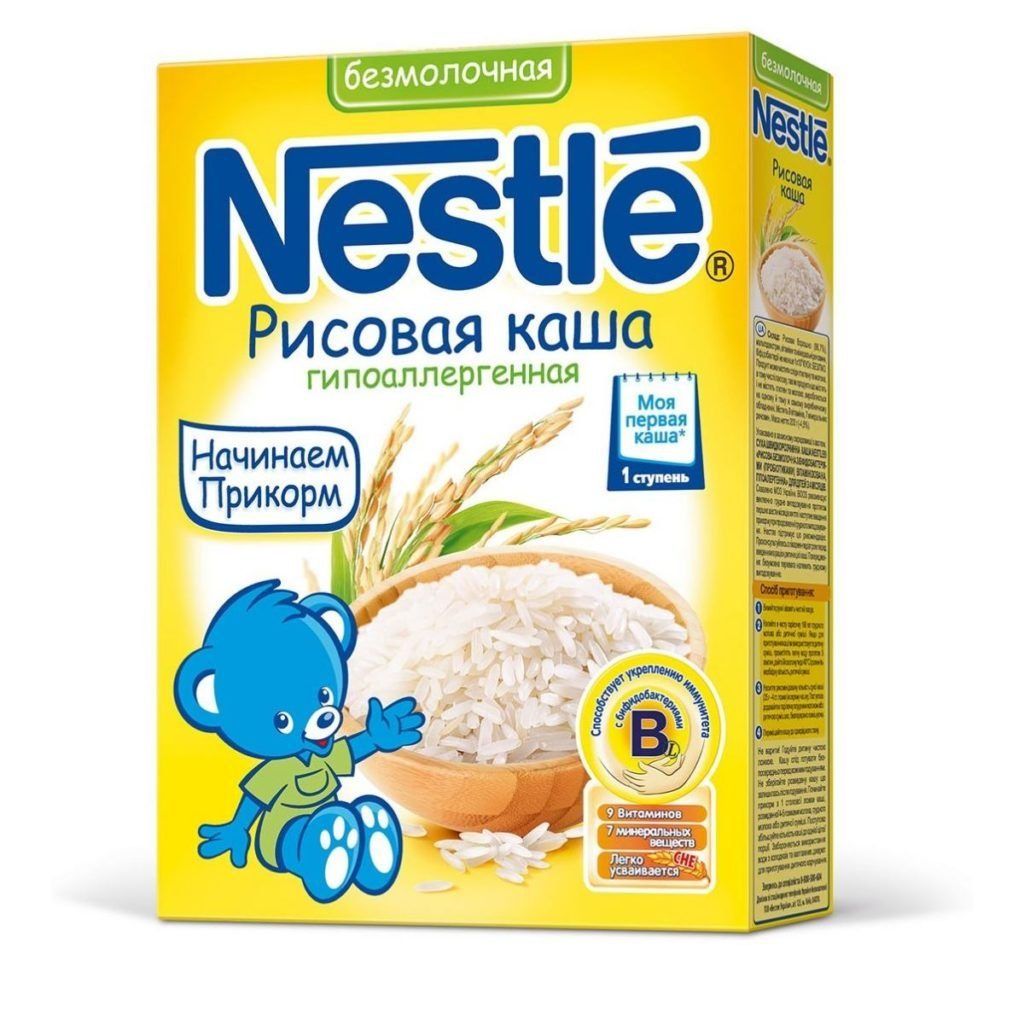
- Good price;
- Good taste options.
- You can't say for sure that it's gluten-free.
Fleur Alpin
votes 3
This list also includes such dairy-free hypoallergenic products, which are of high quality. There are no impurities, which is verified by professional experts. It is suitable for consumption from four months and has good taste. Many mothers note that when cooked, it forms a homogeneous, as well as light consistency.
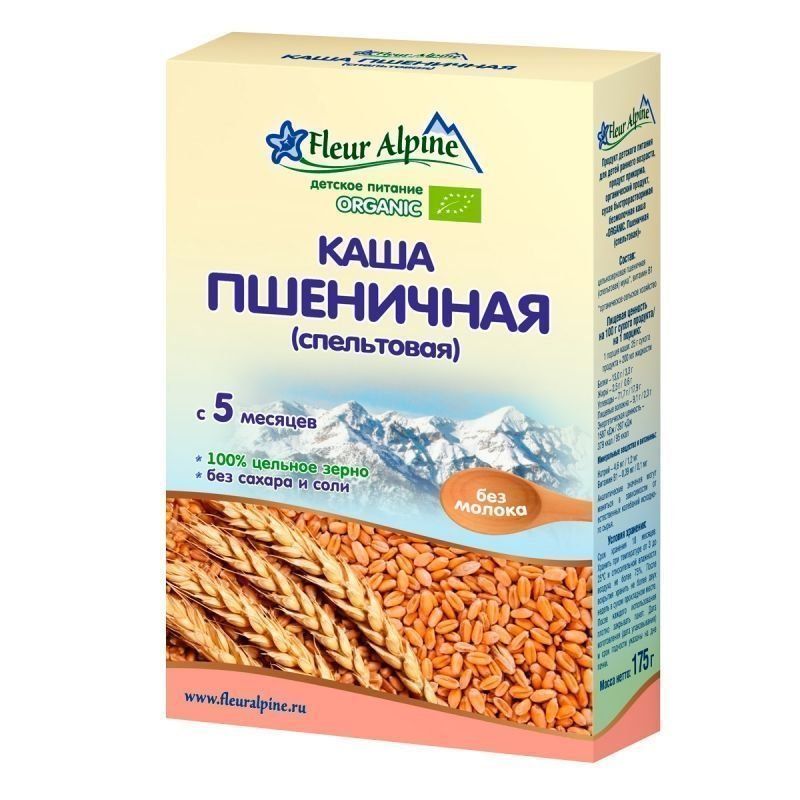
- No harmful additives;
- Does not form lumps;
- Good taste.
- Pretty high price.
Gluten free cereals
Gluten is a substance found in many types of cereals. Usually it can be found in semolina, oatmeal and pearl barley. Why is it impossible to use such cereals for young children? There is a danger in the deterioration of the stomach and the appearance of allergic reactions. Usually, with contraindications, skin rashes appear a few weeks after the start of complementary foods. Also, if the child loses his appetite or his sleep is disturbed, then it is worth resorting to the abolition of these types of cereals. It is best to start such complementary foods at 8 months.
Winnie
votes 0
The company is just gaining its distribution, but already has fans among many parents.It is included in a number of inexpensive cereal producers, but the product has a good composition and is enriched with a vitamin and mineral complex. Here you will not find gluten, sugar, salt and other additives. In the event that you do not know how to cook it, then it is worth remembering that it does not require cooking.
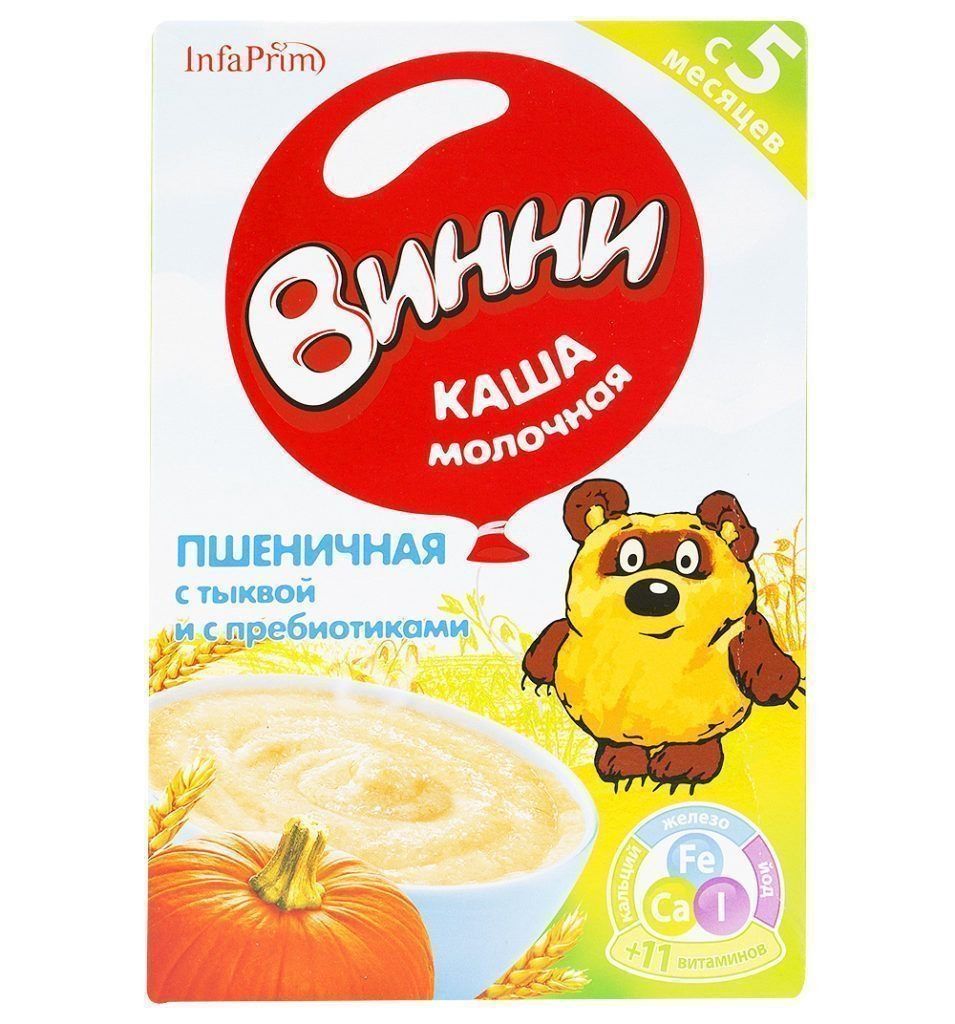
- Good price;
- Qualitative composition;
- Does not cause allergies.
- The brand is new among competitors;
- There may be lumps during cooking.
Baby
votes 2
One-component products belong to the premium brand and incorporate the optimal combination of vitamins and minerals. One of the drawbacks is the high cost, but it completely exhausts itself due to the presence of good characteristics.
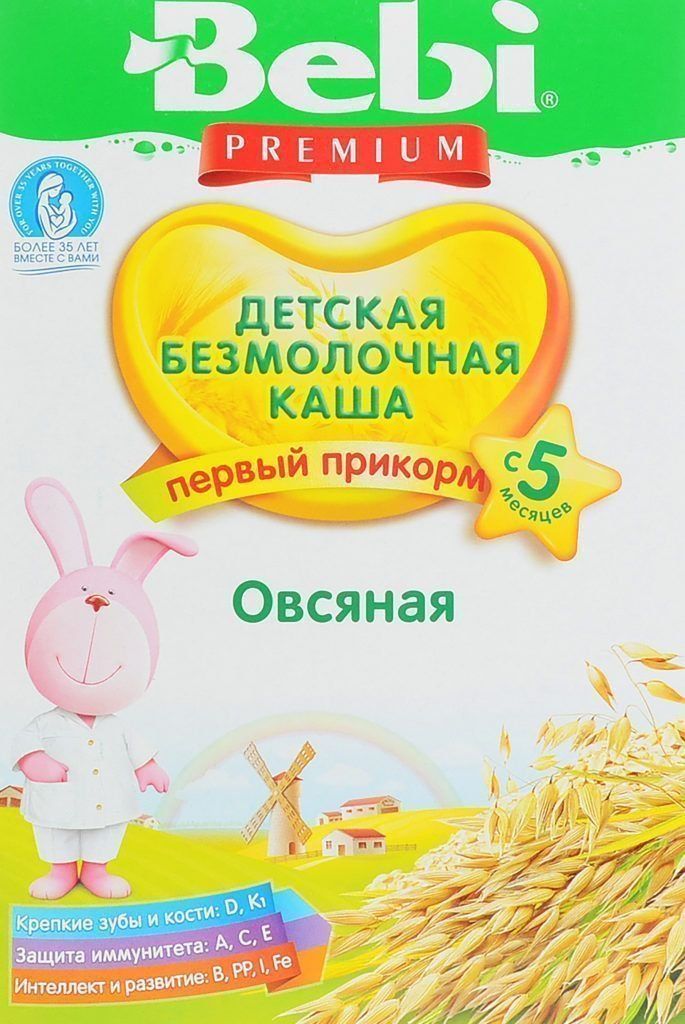
- Enriched with a lot of vitamins and minerals;
- Suitable for children who have allergy problems;
- Does not form lumps.
- High price.
Heinz
votes 5
In the event that you do not know which product is better to buy, then you should resort to this option. Most experts today recommend this brand because it has established itself as a good and reliable manufacturer. The composition does not contain any unnecessary components in the form of sugar, salt and preservatives. It is enriched with a vitamin-mineral complex, and is ready for use from four months. Characteristics allow it to be attributed to the best choice, as well as an attractive price will allow you to easily purchase it for complementary foods.
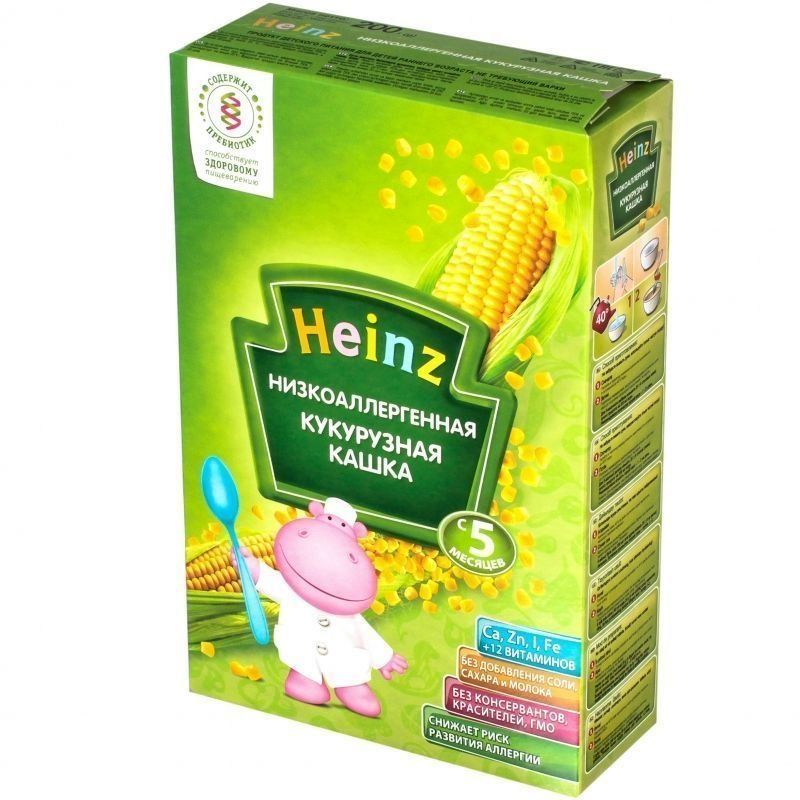
- Does not cause allergies;
- Enriched with vitamin and mineral complex;
- The best option;
- Recommended by professionals;
- Good price.
- Not detected.
Porridge ready to eat
And for many, the selection criteria come down to ease of preparation, or rather, the need to only heat the product. Such cereals can already be found on the counter of any store, and they find their relevance precisely for those people who started complementary foods with fruit and vegetable purees. The texture here is soft, and the taste is quite pleasant.
Thanks to the addition of various fruits, it has an interesting taste and can be not only healthy, but also satisfying. The advantage of such cereals is that they are already completely ready, and you can take them with you without opening them even for a walk. Two firms are in the greatest demand here: FrutoNyanya and Hipr.
Hipr
votes 1
This product is ready for use for children from the age of six months. In addition to cereals, there may be an additive from various fruits, as well as crushed cookies. But, if you started complementary foods only with porridge, then it is better not to abuse the rapid introduction of this type of complementary foods. For convenience, manufacturers produce products in glass jars up to 200 g. Many buyers note porridge due to the good combination of price and quality and the absence of harmful components. It also has good functionality in the form of taste and pleasant texture.
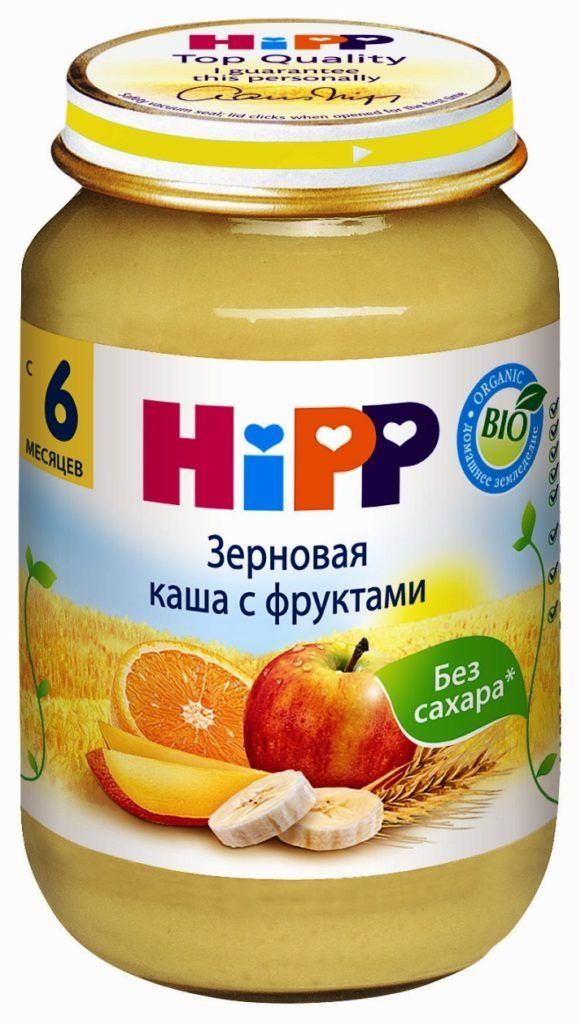
- Composition of natural ingredients;
- Good taste.
- Small volume of the can;
- Suitable only for those who continued to feed after fruit milk.
FrutoNanny
votes 0
If you do not know how to choose porridge to start complementary foods, then it is better to resort to this option. The company produces both dry cereals for cooking and ready-made. It is the second option that has gained great popularity among many buyers.Products in a jar are perfect for complementary foods, starting from six months, and there are no chemical components in the composition. The volume of products produced is 250 ml, and the price is quite acceptable.
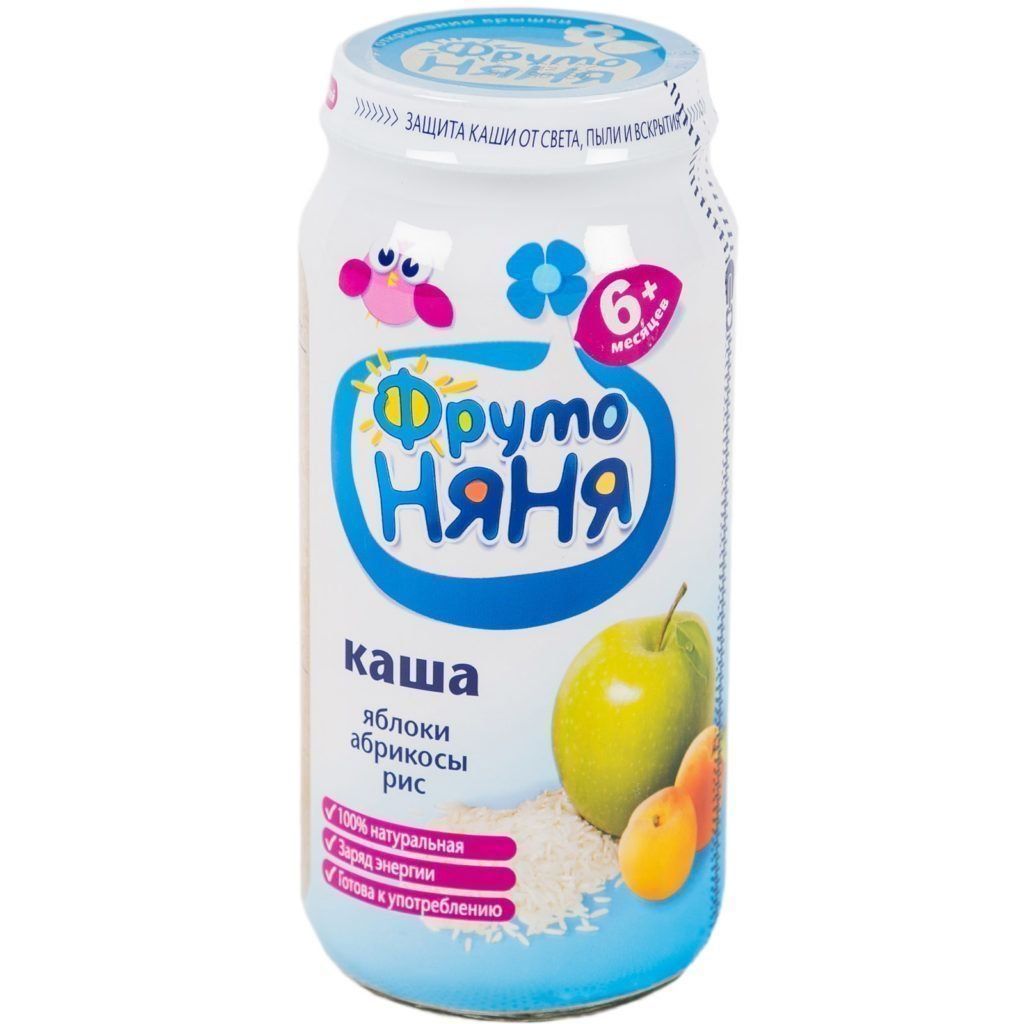
- Good price;
- Recommended brand;
- Good composition;
- Convenient packaging.
- It is recommended only for those people who have already introduced fruit puree into their baby's complementary foods.
How much does the dairy-free cereal option cost?
The selection criteria for many buyers start primarily from the price category. In the event that you choose by price, then get ready for the fact that the quality there will not be very good. It is better to evaluate not only these parameters, but also the composition, as well as customer reviews. The average price is in the range of 100-200 rubles. But all the above product options with their prices are presented in the table below.
| № | Name of product | Cost, rub. |
|---|---|---|
| The Best Hypoallergenic Options | ||
| 1 | Baby Sitter | 350 |
| 2 | Nestle | 120 |
| 3 | Fleur Alpin | 220 |
| Gluten free options | ||
| 1 | Vinnik | 70 |
| 2 | Baby | 120 |
| 3 | Heinz | 90 |
| Ready-to-Use Options | ||
| 1 | Hipr | 95 |
| 2 | Frutonyanya | 70 |
new entries
Categories
Useful
Popular Articles
-

Top ranking of the best and cheapest scooters up to 50cc in 2025
Views: 131650 -

Rating of the best soundproofing materials for an apartment in 2025
Views: 127688 -

Rating of cheap analogues of expensive medicines for flu and colds for 2025
Views: 124517 -

The best men's sneakers in 2025
Views: 124031 -

The Best Complex Vitamins in 2025
Views: 121938 -

Top ranking of the best smartwatches 2025 - price-quality ratio
Views: 114978 -

The best paint for gray hair - top rating 2025
Views: 113393 -

Ranking of the best wood paints for interior work in 2025
Views: 110318 -

Rating of the best spinning reels in 2025
Views: 105327 -

Ranking of the best sex dolls for men for 2025
Views: 104363 -

Ranking of the best action cameras from China in 2025
Views: 102215 -

The most effective calcium preparations for adults and children in 2025
Views: 102010

